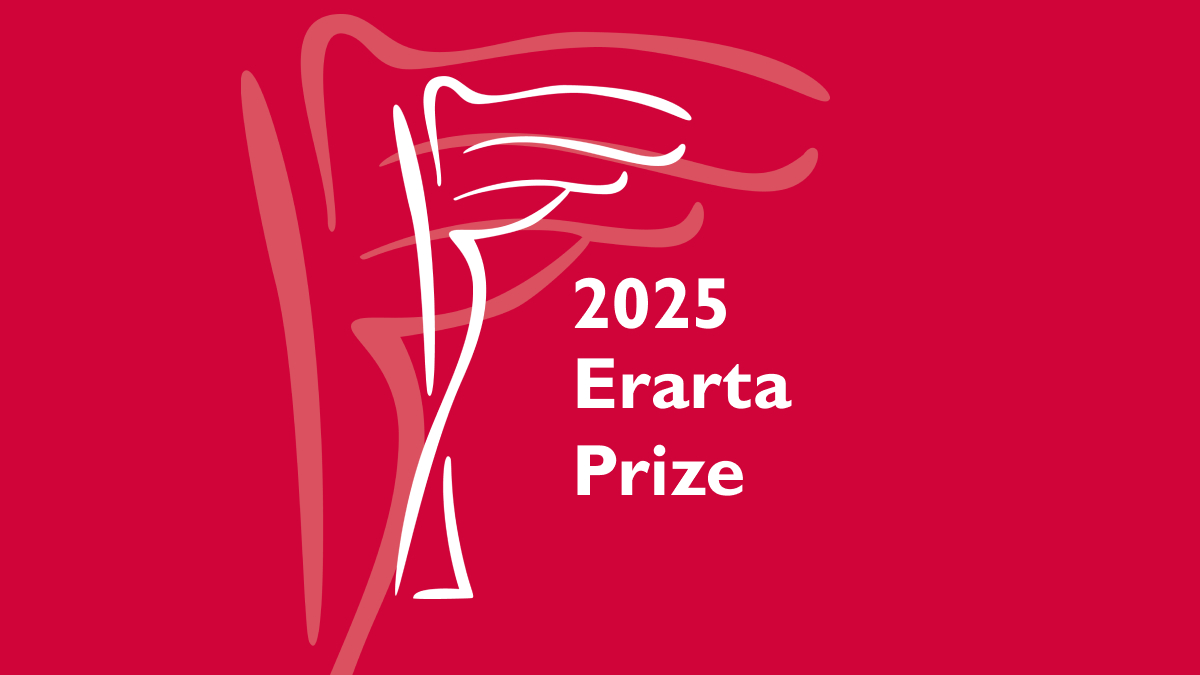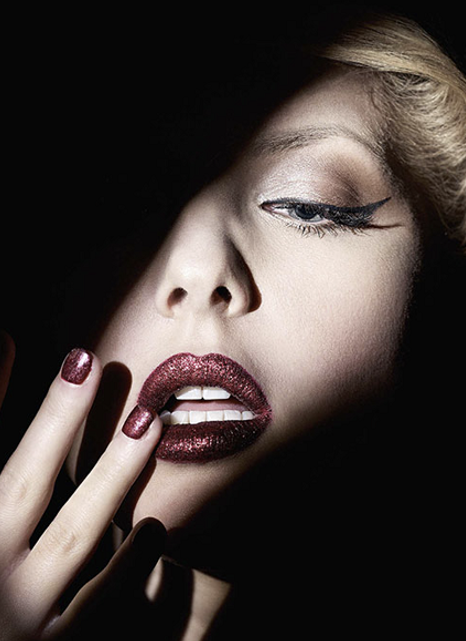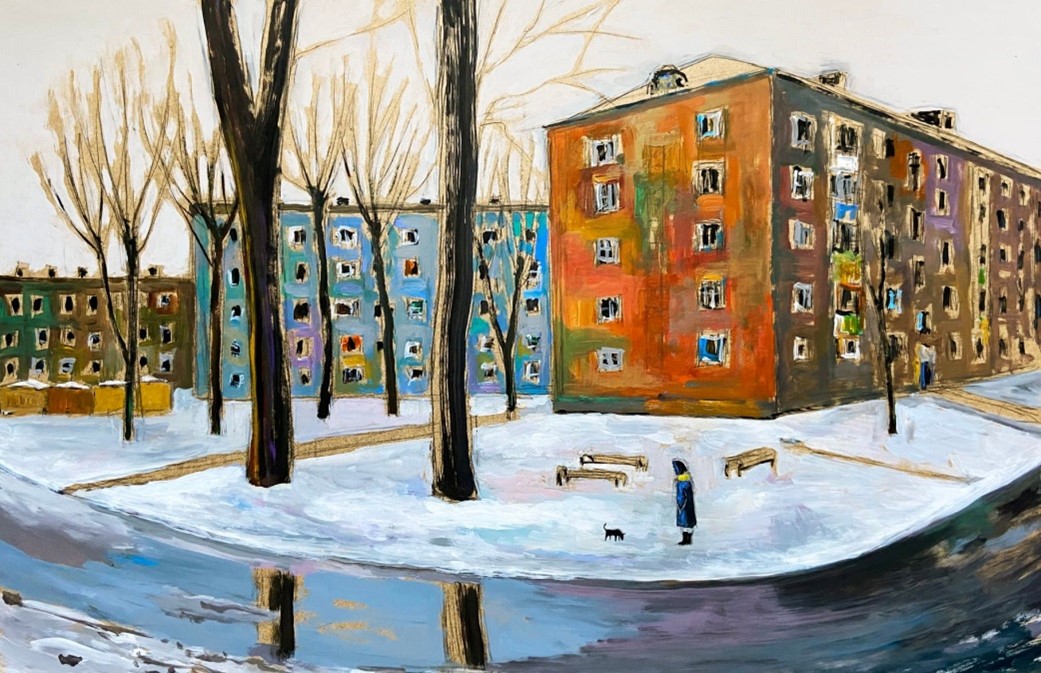Erarta Museum will host an exhibition of Dagestani art in which current global trends are shown through the prism of ethnic philosophy
- The prime of Dagestani art
- Multiple trends united by common ethnic patterns
- Artworks poised between traditional identity and inner freedom
The exhibition Transformatio. Contemporary art of Dagestan will bring together the tight circle of influential artists working in Makhachkala, Moscow and London: Magomed Kazhlayev, Aladdin Garunov, Ibragimkhalil Supyanov, Apandi Magomedov, Eduard Puterbrot, Taus Makhacheva, Natalia Mali, and Murad Khalilov. Presenting a viable alternative to the official artistic establishment, their art thrives in the atmosphere of free competition between creative ideas and colourful diversity of styles.
The distinctive voice of each artist is to a greater or lesser extent tonally linked to Dagestan. Although this does not imply blunt ethnic references, what is usually called genius loci is variously manifested in the works of all artists. This may be an allusion to the traditions of Dagestan's various peoples or their crafts (like stone or wood carving motifs), to landscapes, personality traits, or the distinctive life philosophy inherent in those living in Dagestan. It makes no real difference whether an artist works in his or her homeland or happens to live in a foreign country: the art still retains the Dagestani aura.
The artworks manage to strike a balance between the traditional ethnic identity and inner freedom, between the centuries-old aesthetic ideals and new challenges presented by the 20th century world culture. The Dagestani art has a bonding element while remaining diverse.
The abstract works of Magomed Kazhlayev (paintings), Ibragimkhalil Supyanov (paintings, sculptures, graphic art), and Apandi Magomedov (paintings, three-dimensional objects) are grouped together. They all had a common spiritual teacher, the late artist and philosopher Eduard Puterbrot. While each of these artists has a unique style, they seem to share a spiritual bond, as if having mastered a sort of secret language known only to them and built around signs and symbols, as well as discreet and concise images.
In addition to spiritual issues, Aladdin Garunov is deeply concerned about the current world challenges like globalization and the levelling out of ethnic and religious diversity. Pop art mass culture and ethnic tradition are hardly compatible. It is the borderline between the two, the clash of opposites that the artist addresses, turning his images into pure metaphors. Aladdin's works are truly monumental. Prone to experiment, he turns to the most unusual materials for a painter, using fragments of carpets and furs, rubber, plastic, etc.
Taus Makhacheva who studied in both Moscow and London is a prominent figure not only on the Dagestani, but on the global contemporary art scene who has to her credit numerous international awards and whose artworks are being purchased by major museums. Dagestan is the recurring theme of the artist's videos and performances which bridge ancient history and culture with the present.
Natalia Mali lives and works in London. She holds a degree in filmmaking and contemporary photography from Yale University (USA). Since 2000, when she first started exhibiting her works, she gained acclaim for her staged photography, video art, installations, collages and performances. Mali creates composite visions based on her years-long study of her people's culture and history.
The canvasses of the youngest artist featured in this exhibition, Murad Khalilov, are intensely expressive, while his video art is a reflection on the social realm surrounding the artist, the present-day realities and echoes of the past.
Until recently, there was a custom practised in the mountain villages of Dagestan: every family building a new house would dismantle from the old walls and move to the new place the so-called ancestral posts. Apart from their utilitarian function of supporting the roof, these posts, decorated with elaborate carvings, solar symbols, and ancient signs, also play a sacred role, protecting the family from evil. The ancestral posts symbolize genetic memory and the link between generations. As old customs gradually recede into the past, their legacy, just like the ancestral posts, lives on in the artworks of the contemporary Dagestani artists.
The exhibition Transformatio. Contemporary art of Dagestan is a collaborative project of the Erarta Museum and Mardjani Foundation.
It features works from the collections of Mardjani Foundation (Moscow), the Makhachkala City History Museum (Makhachkala), as well as from the artists' private collections.













